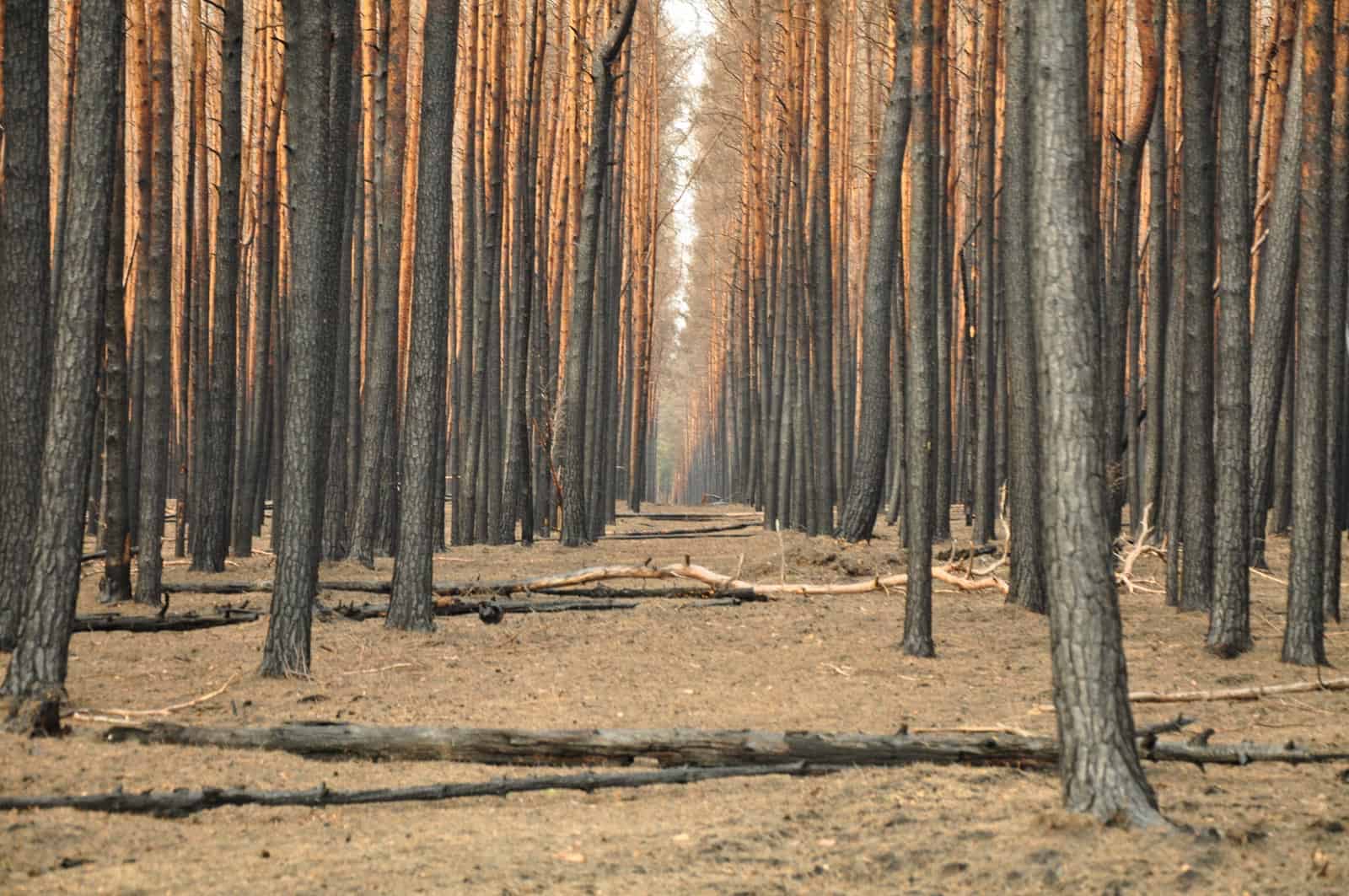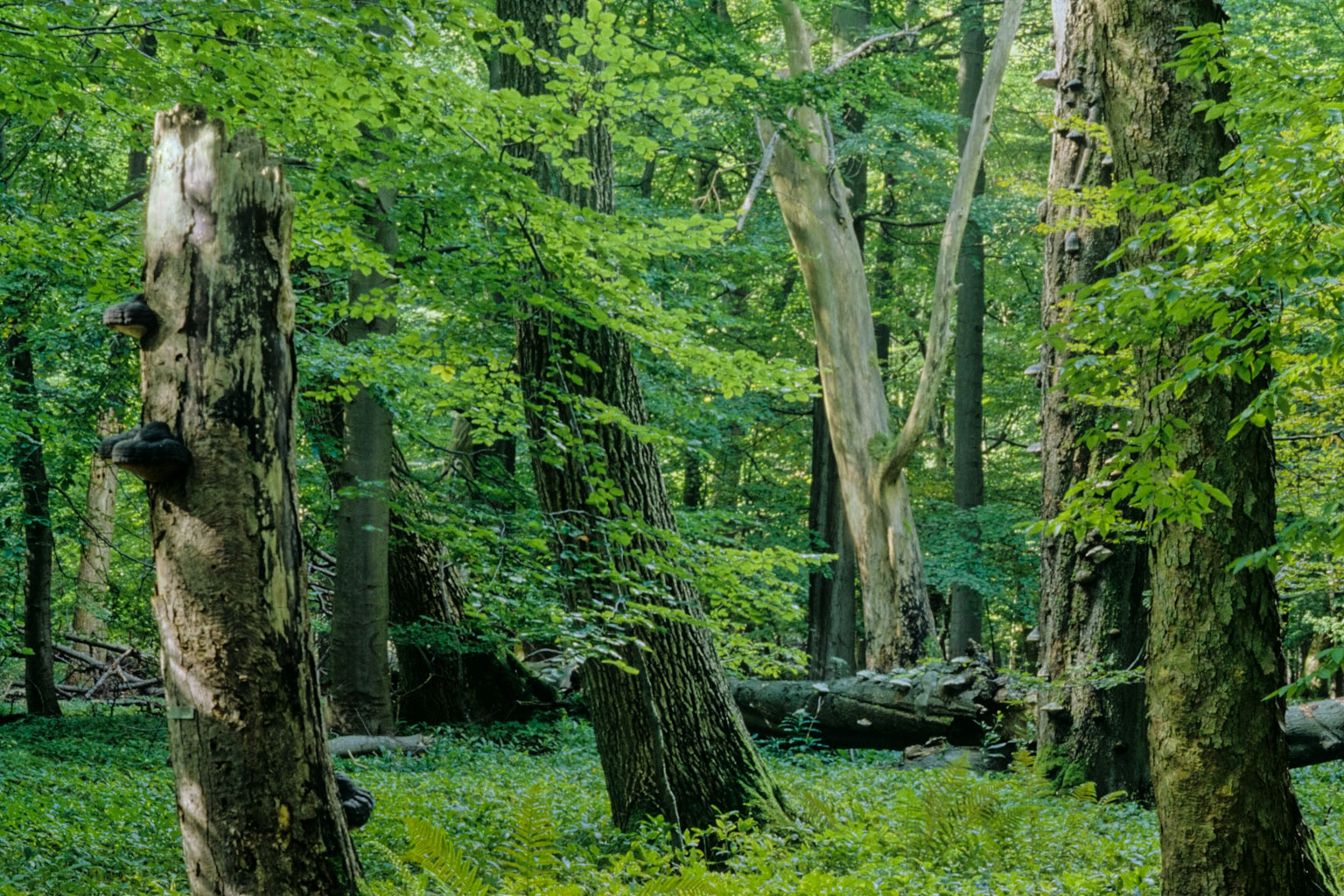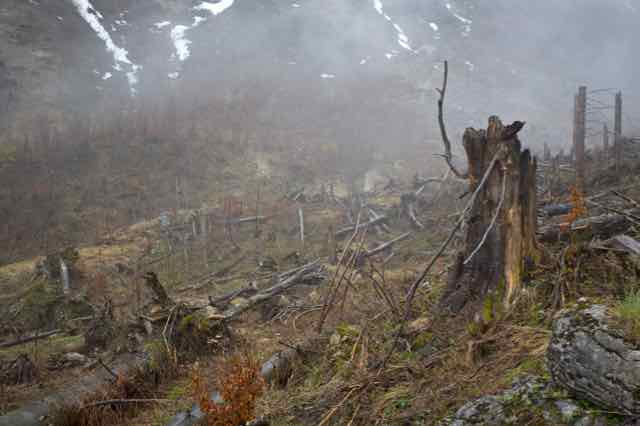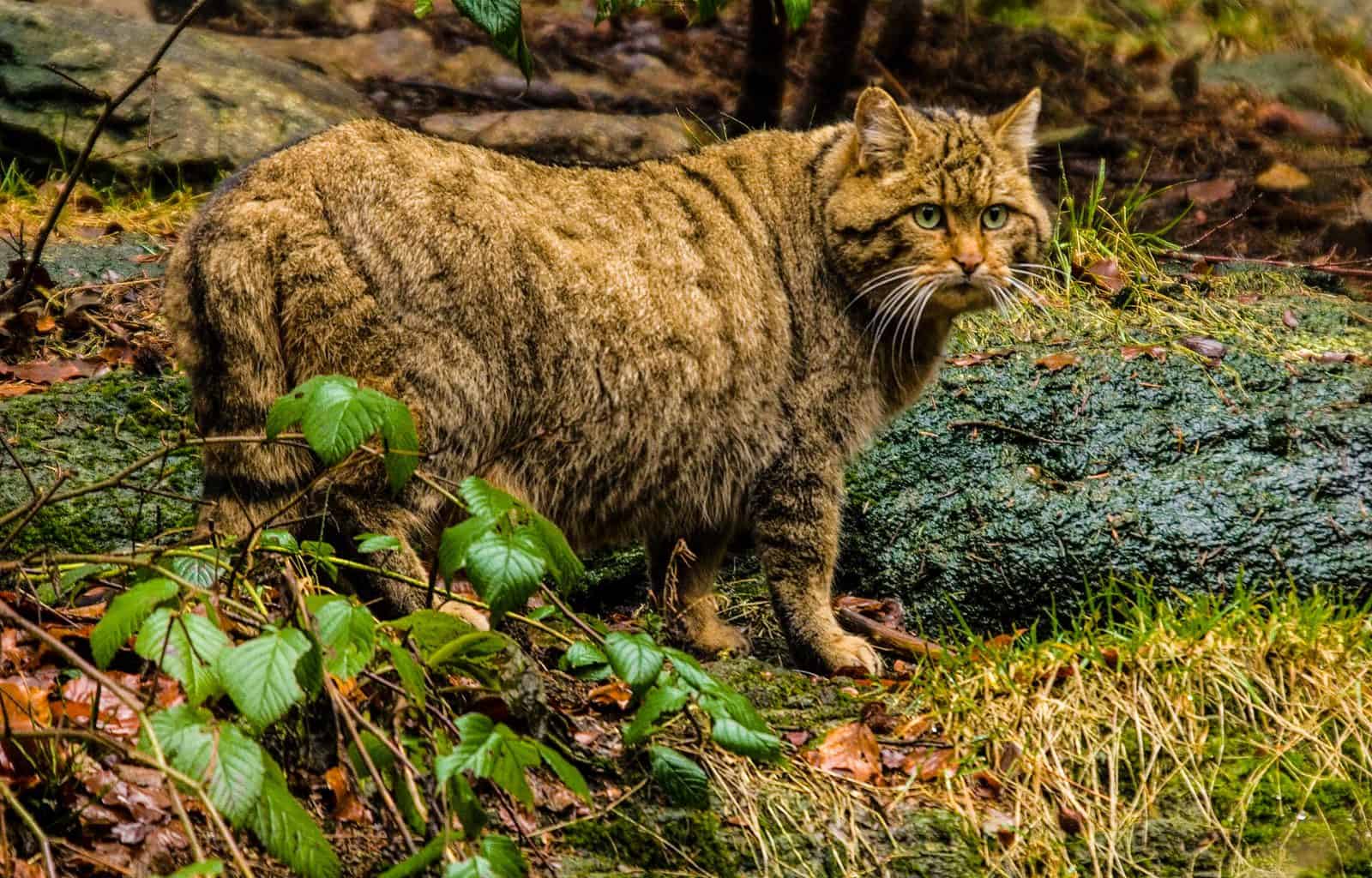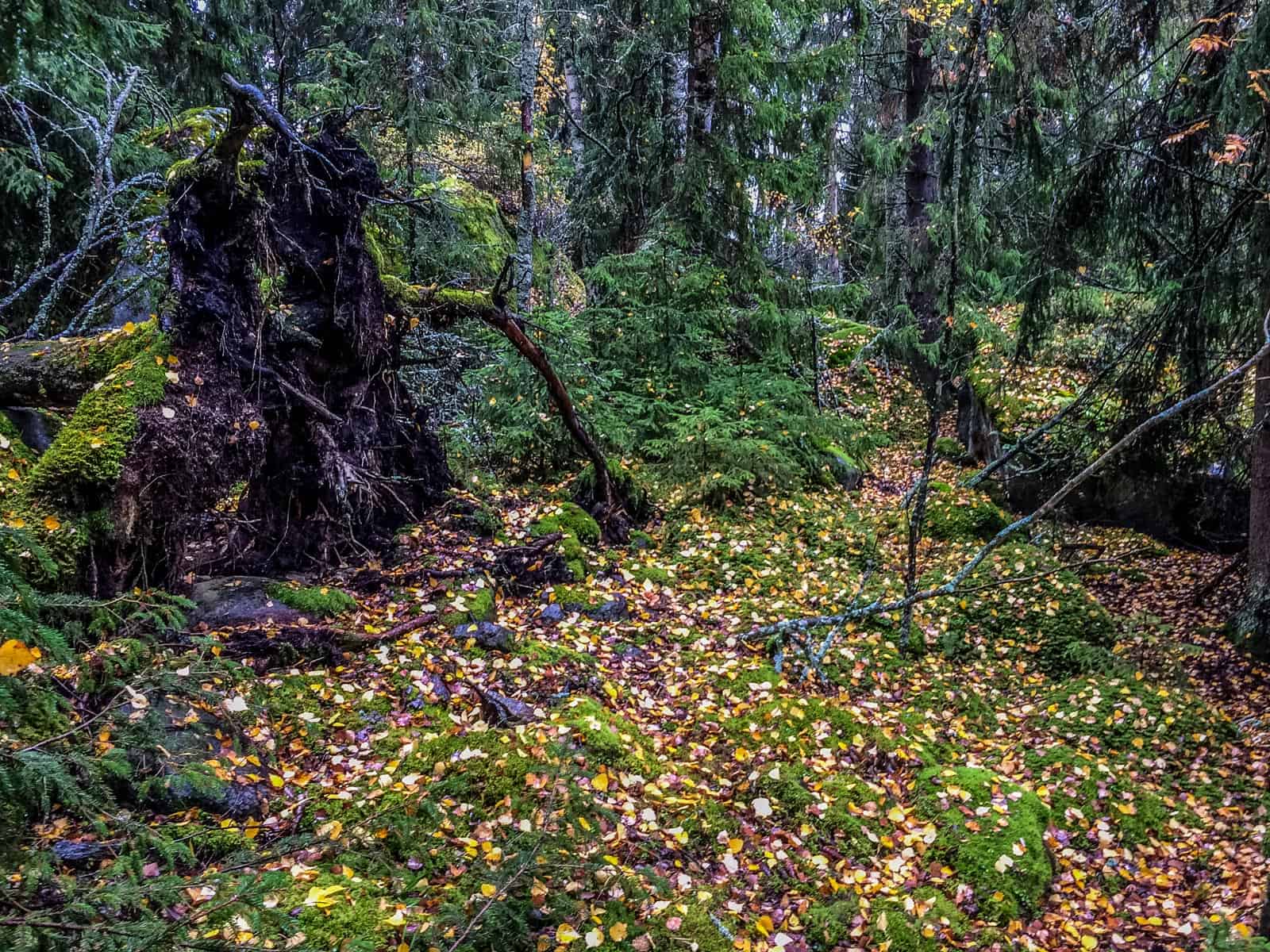Forests becoming shorter and younger: fires, droughts and pests
A new paper published in Science recently by McDowell et al. showed how the forests are becoming younger and shorter, due to higher mortality of older trees. A mixture of land use changes and climate change is transforming the forests across the world, challenging their survival.
Please also read: Is restoring forests the best way to tackle climate change?
Recent heatwaves have greatly harmed forests in Germany in the recent years, where trees died massively. Because of heat stress, trees shed leaves to minimise the water loss through these surfaces. Yet, by doing so, they also prevent further CO2 uptake. This is a significant problem, as in this way trees lose their ability to sequester carbon. While experiments and models have predicted that an increase in CO2 will boost plant growth, the increased temperatures accompanying it are strongly decreasing the growth. Temperatures are predicted to cause a high level of stress – in the southwestern USA, the predicted future normal temperature is what the temperature of the most damaging heatwaves used to be.
By weakening the trees, warmer climate makes them more susceptible to pest attacks. In this way, the bark beetle is destroying spruce in Europe. Warmer winters also help it to survive, facilitating its spreading further. Even giant sequoia trees in the USA that used to be resistant to insect attacks due to tannins are now their victims. The large, old trees, previoualy resistant to such threats, are now succumbing to it more and more.
While wildfires have always occured to the extent that many species have adaptations to them, they are becoming increasingly frequent. As a consequence, the forests cannot recover properly from the previous fire when a new one is already destroying the trees. Even species such as lodgepole pine, who only release their seeds during the heat of a fire, cannot survive the fires any more. That’s because the hotter and drier climate is making fires more intensive.
Tree mortality increasing
As the tree mortality is increased in this way, fewer trees reach old age and the forest turnover is faster. Thus, forests are becoming younger and shorter. An additional factor contributing to this is also direct human impact. Namely, land use change and logging prevent the growth of old-growth forests. Because of all these factors, the tree death rate in North America has already doubled. Here in Europe, on the other hand, 42 % of native tree species are threatened with extinction.
However, compared to young forests, old trees tend to contain much more carbon that they have absorbed over centuries of their growth. Therefore, the increased mortality of these trees is very concerning as their degradation releases a lot of carbon. Thus, there is even more heating. Thus, even more trees die.
What will the future bring?
Following the current trend, forests with the current species composition will have trouble adjusting the new situation. In Israel, for example, the pine and cypress forests cannot resist the wildfires and heat. As they die, desert replaces them. In this way, an important habitat for birds and mammals disappears and the soil starts eroding. A solution to potentially save the forests there would be to plant acacia instead. That tree species is normally found in Sahara and is highly heat-resistant. However, this is of course not a native forest anymore.
This brings on a new discussion on what we are trying to conserve. Does it make sense to preserve the forests we currently have, for example beech forests in Central Europe, if there is little chance they can survive? Or is the way forward to facilitate ecosystem change to such species composition that is more resilient to the new climate? A third option is also to not do anything and only observe how and if forests adapt, leaving nature to its course. Of course, there also exists a solution to avoid having to decide for any of these three options. By cutting down on our CO2 emissions drastically, we might not have to worry about forests dying anymore. However, the time to achieve this is running.

